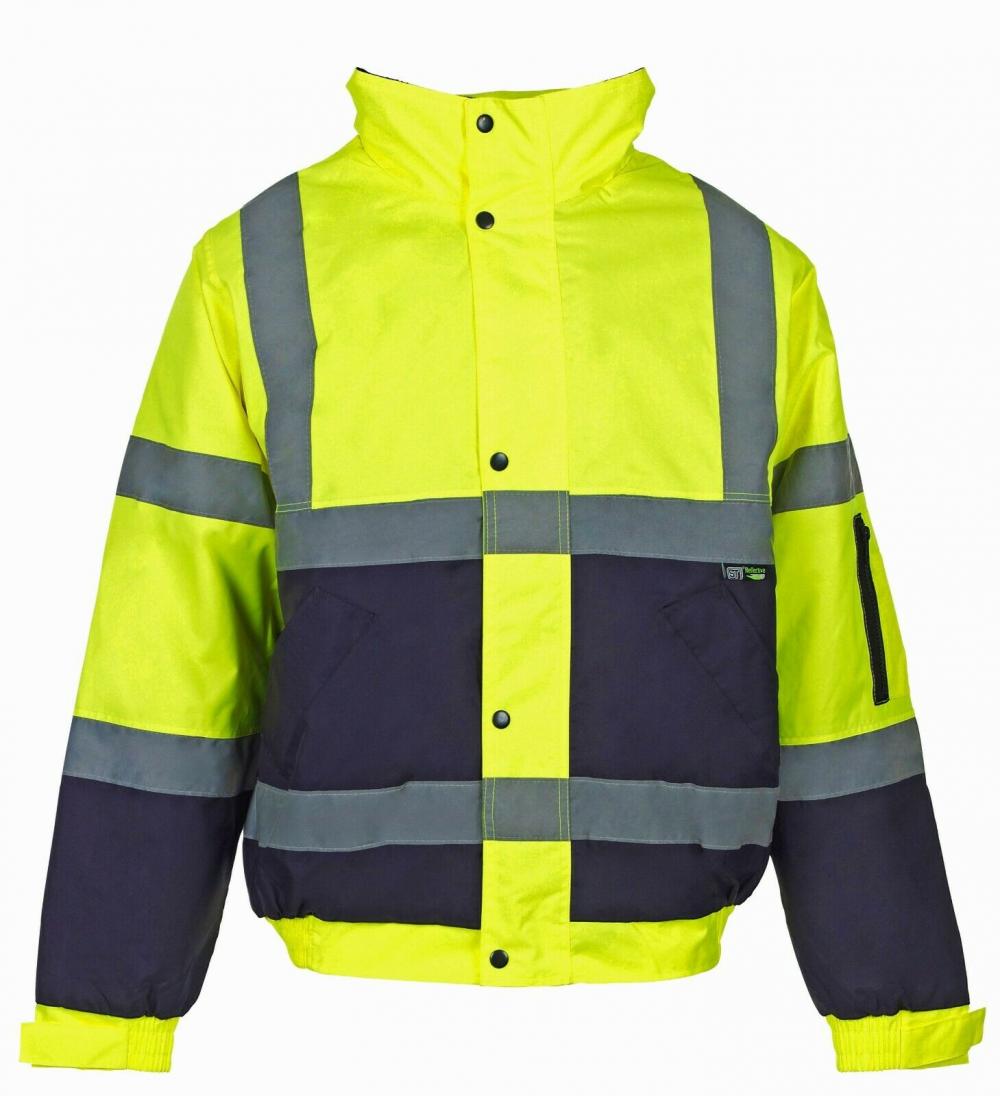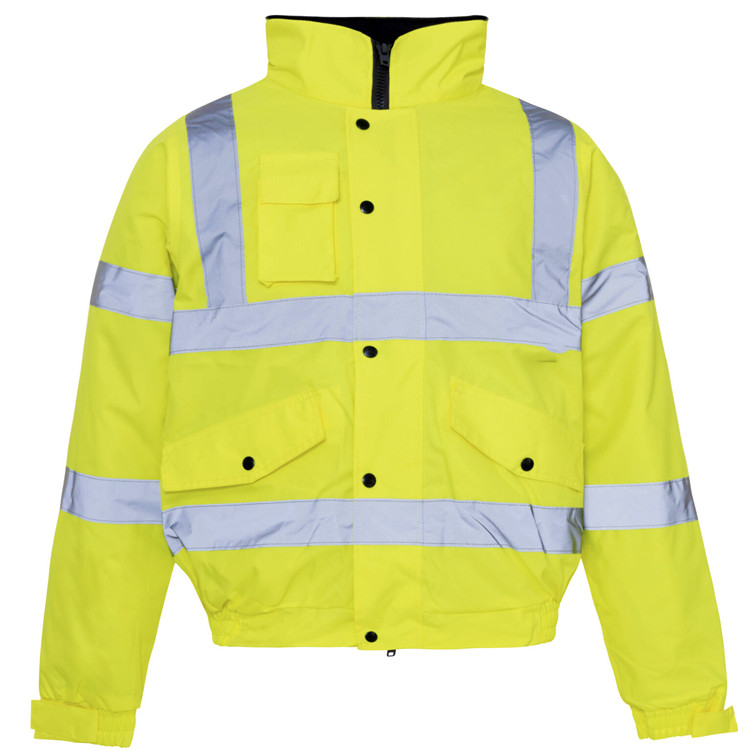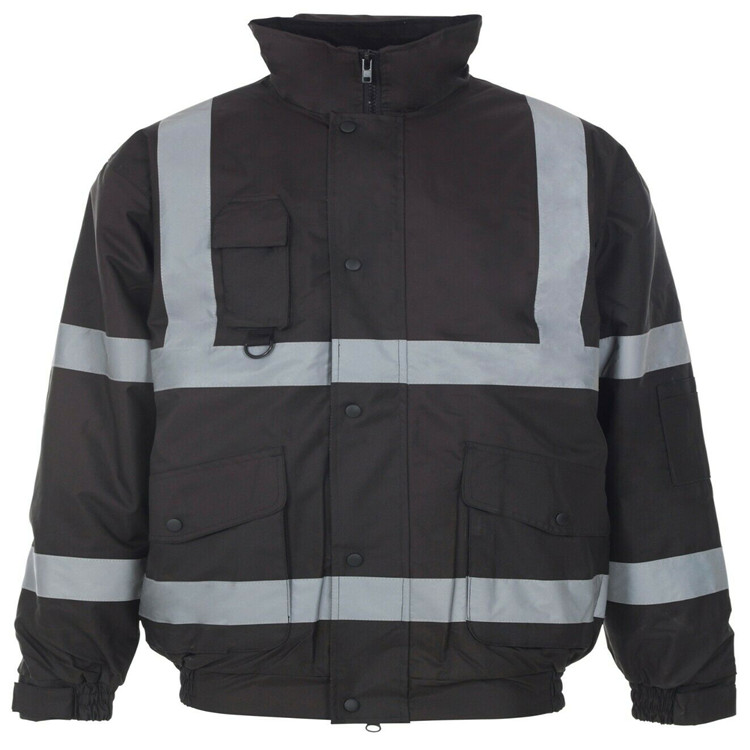Pinellia is the dried tuber of the perennial herb *Pinellia ternata*, commonly known as three-leaf pinellia, trifoliate pinellia, or three-step hop. It is widely used in traditional Chinese medicine for its ability to resolve dampness, phlegm, and vomiting, as well as to clear sputum. It is effective in treating conditions such as coughing with phlegm, wind-phlegm, dizziness, nausea, chest tightness, and globus hystericus (a sensation of a lump in the throat).
**1. Botanical Characteristics**
Pinellia is a low-growing perennial plant, typically reaching 15 to 40 cm in height. The underground tubers are spherical or oval, measuring 1 to 3 cm in diameter. The leaves emerge from the top of the tuber, usually in a single leaf at first, which is heart-shaped with an acute tip and wedge-shaped base. The middle leaf is larger, while the two side leaves are smaller. Veins are pinnate, running along the sides of the leaf. A white bulbous shoot often appears at the base of the petiole, sometimes with a leaf-like end. When ripe, the plant produces red berries.
**2. Cultivation Techniques**
**Site Preparation**
Pinellia thrives in loose, nutrient-rich soils with good drainage. Sandy loam soil is ideal, especially after legumes or grasses. Avoid saline-alkali or waterlogged areas. Before planting, apply 250–4,000 kg of organic manure per acre, along with 15–20 kg of superphosphate as a base fertilizer. The soil should be deeply tilled to a depth of 20 cm, then finely raked and leveled into beds about 1 meter wide.
**Planting Methods**
Pinellia can be propagated through tubers, small bulblets, or seeds, though tubers and bulblets are most common.
- **Shoot Bud Propagation**: After the mother tuber has produced leaves, small buds form at the base of the petiole. These buds, about 0.3–1 cm in size, can be harvested once matured.
- **Small Tubers Propagation**: In 2- to 3-year-old plants, small tubers (0.7–1 cm in diameter) can be selected for planting. Mix them with moist sand and store them in a cool place until ready to sow.
- **Seed Propagation**: Though possible, this method is rarely used in commercial production due to the long time required before harvest (about 3 years).
For planting, dig shallow furrows spaced 20–25 cm apart, and place the tubers 2–5 cm apart, using about 50–70 kg per mu. Cover with soil and water if needed. For seed propagation, soak the seeds before sowing, and cover with 3 cm of fine soil. Keep the area moist for 20–25 days until germination.
**Field Management**
- **Weeding**: Remove weeds promptly after seedlings emerge, being careful not to dig deeper than 3 cm. Manual removal is recommended for small weeds.
- **Fertilization**: Apply additional fertilizers during the growing season, especially around the "Little Full" period. Use composted manure, human waste, or ammonium sulfate (10–15 kg per mu) if needed. Foliar sprays of 0.2% potassium dihydrogen phosphate or 500 ppm triacontanol can boost yield in the late growth stage.
- **Soil Cultivation**: This is critical for covering the bulbous buds and encouraging root development. Perform two soil coverings in early June and mid-July, applying a thin layer of fine soil over the buds.
- **Irrigation and Drainage**: Pinellia prefers moist conditions but is sensitive to drought. Water regularly during dry spells, and ensure proper drainage during heavy rains.
- **Bud Removal**: Unless propagating by buds, remove any emerging buds during the growing season to redirect energy to tuber development, improving yield.
**3. Pest and Disease Control**
- **Leaf Spot**: Appears as purple-brown lesions on leaves. Treat with a 1:1:120 Bordeaux mixture or 65% mancozeb at 500 times dilution, applied every 7–10 days.
- **Viral Disease**: Causes leaf curling and stunted growth. Remove and destroy infected plants to prevent spread.
- **Tuber Rot**: Caused by waterlogging. Prevent by ensuring good drainage and avoiding overwatering.
- **Red Hawk Moth**: Larvae damage leaves by chewing. Control with 90% trichlorfon (800 times dilution) or 40% dimethoate (1500 times dilution).
**4. Harvesting and Processing**
Harvesting occurs when the leaves begin to yellow, typically in autumn when temperatures drop below 13°C. Tubers and bulblets can be harvested in the same year or the following year, while those grown from seeds take 3–4 years. Choose sunny days for harvesting, and select tubers larger than 0.7 cm for medicinal use or as seeds. Smaller tubers can remain in the soil for further growth.
After harvesting, allow the tubers to air-dry for 10–15 days indoors (shorter in summer). Peel the outer skin, rinse thoroughly, and dry directly in the sun. Always wear gloves when handling fresh Pinellia, as direct contact may cause irritation. If skin contact occurs, wash hands with ginger or vegetable oil to avoid potential poisoning.
Safety Hoodies, winter Safety Hoodies, hi vis orange Safety Hoodies, supplier in China. We will provide good quality products.



Safety Hoodies, winter Safety Hoodies, hi vis orange Safety Hoodies
Suzhou Golden Gamrnet MFG Co.,Ltd , https://www.svchangerobe.com